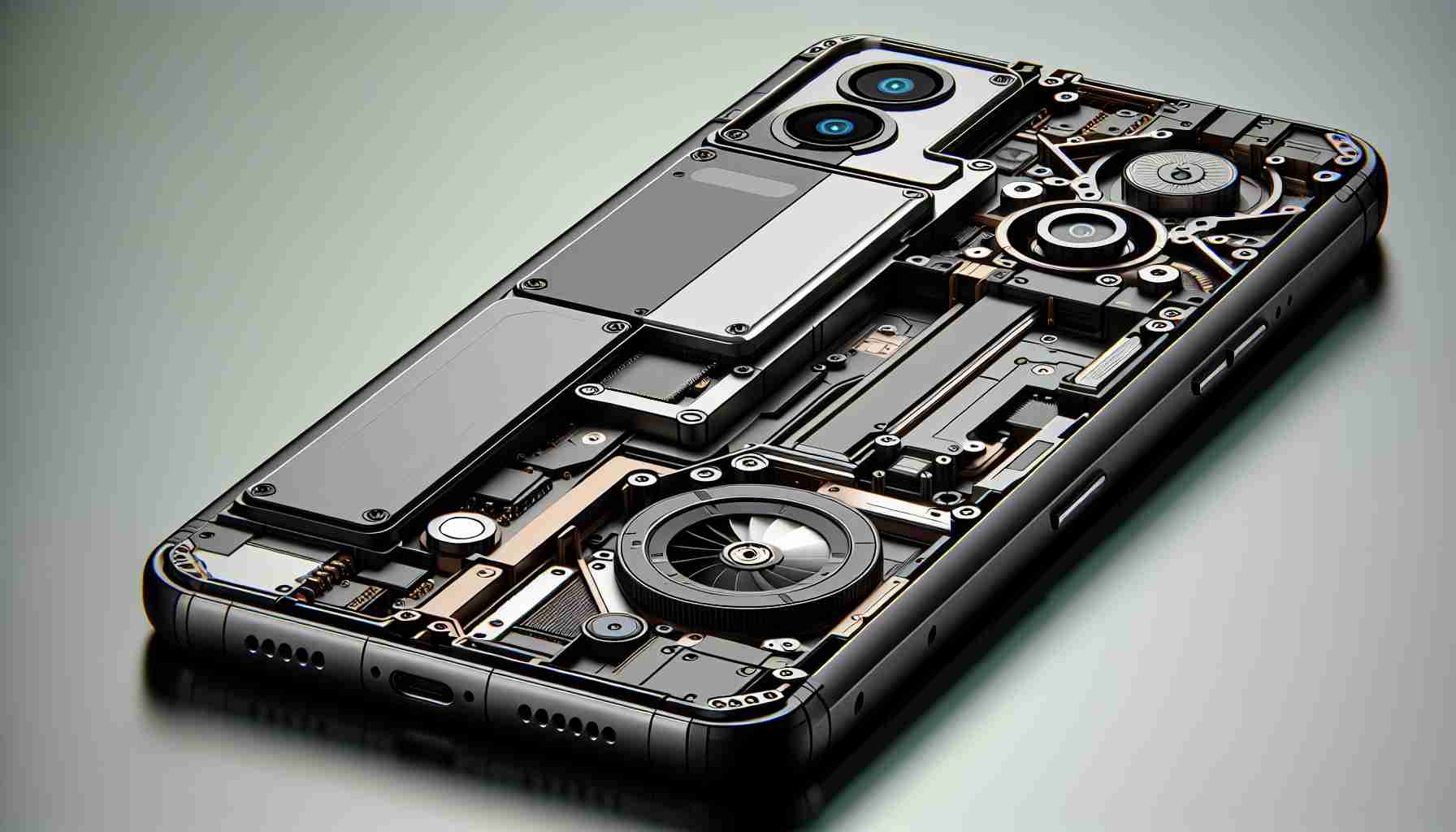HMD Global Makes Strides with Repairable Pulse Smartphone Lineup
Stepping into the realm of self-repairable technology, HMD Global has introduced a pioneering array of smartphones coined as the Pulse series. This spectrum of devices includes the base HMD Pulse, the slightly more advanced Pulse+, and the flagship Pulse Pro. The incorporation of self-repairability into the design process is illustrated by partnerships with organizations like iFixit, which will provide users with DIY repair kits. These kits encourage the owners of Pulse phones to perform their own maintenance tasks, including battery swaps and screen repairs.
Cost and Release Details of the HMD Pulse Variants
On the pricing front, the initial offering, the HMD Pulse, greets the market with a price starting from €140 for the 4GB/64GB model. Progressing to the Pulse+, which begins at €159, consumers are introduced to upgraded features. The Pro version takes the leap with a price point of €180 for its 6GB/128GB format. While the initial two devices are purchasable through the official HMD website, there’s a veil of anticipation surrounding the exact release details of the Pulse Pro.
Features Showcasing the Pulse DNA
The Pulse and Pulse+ models showcase their crisp 6.65-inch IPS LCD screens, hosting a 90Hz refresh rate and integrating a punch-hole front camera. At their core rests the UNISOC T606 processor and a Mali-G57 MP1 GPU. Storage space and power are amply provided for with up to 6GB of RAM and the option to expand their 256GB internal space. HMD’s commitment to keeping the devices current is evident from their promise of biennial OS overhauls and triennial security updates. For the socially connected, the phones are well-outfitted with a spread of connectivity features, including 4G LTE and NFC. Photography enthusiasts will find the Pulse’s 13MP main camera and the Pulse+’s impressive 50MP sensor sufficient for vivid captures, all backed by a robust 5,000mAh battery.
Pulse Pro – A Stepping Stone to Professional Imagery
The apex of the series, the HMD Pulse Pro, flaunts a more refined 6.56-inch HD+ display. Running on Android 14 OS like its siblings, it shares the same chipset yet steps up the photography game with both a 50MP primary and front camera. Long-lasting connectivity and usage are assured by similar battery specs as its series companions.
Considering Self-Repairable Phones in Today’s Market
The idea of self-repairable phones like the new HMD Global Pulse series resonates with a growing trend of sustainable and consumer-empowered electronics. Notably, environmental concerns and consumer rights movements such as the Right to Repair are pushing manufacturers to create products that can be easily maintained and repaired by users. Offering self-repair options prolongs the lifespan of a device and reduces electronic waste.
Key Questions and Answers:
Q: What are the main challenges associated with self-repair smartphones?
A: The major challenges include ensuring user safety during repairs, the potential voiding of warranties, providing clear and understandable repair documentation, and the distribution of authentic spare parts.
Q: Are there any controversies related to this topic?
A: Yes, debates often arise concerning warranty voiding if the repair isn’t performed by an authorized service provider and the potential loss of device integrity or performance after a self-repair.
Advantages and Disadvantages of Self-Repair:
Advantages:
– Consumers save on repair costs and potentially extend the lifetime of their devices.
– It reduces electronic waste and environmental impact by encouraging the repair and reuse of electronic devices rather than disposal.
– It aligns with the Right to Repair movement, promoting consumer empowerment and lessening dependency on manufacturer-led repair services.
Disadvantages:
– There is a risk of improper repairs due to lack of skill or experience, leading to further device damage.
– Self-repair may void warranties or result in the loss of water resistance and other device protections.
– The availability of genuine parts may be limited, pushing users to resort to lower quality third-party components.
For further information on HMD Global and their products, you are encouraged to visit their official website via the following link: HMD Global.
Please note that the link provided is to the main domain of HMD Global and thus is in accordance with the given guidelines.
The source of the article is from the blog exofeed.nl
